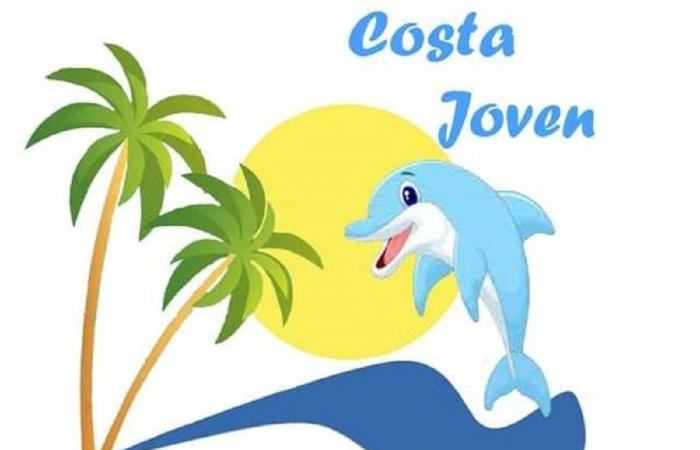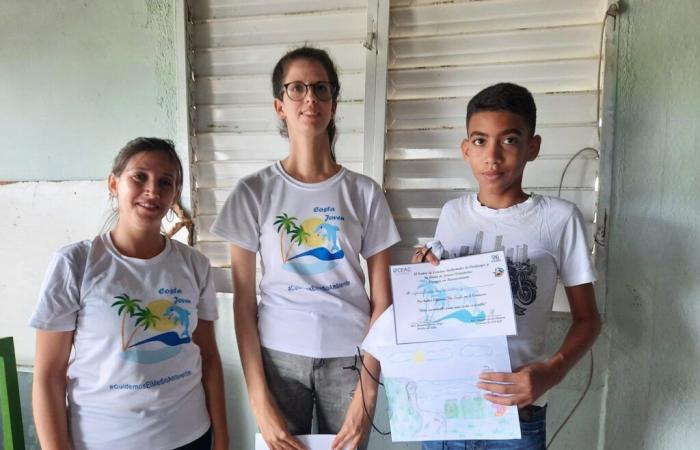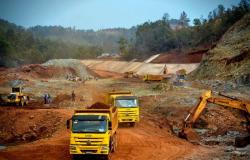The Center for Environmental Studies of Cienfuegos (CEAC), one of the leading groups in the field of science and technology in this province, promotes education in children and young people for the care and rational use of coastal resources.
An example of this work in the Castillo-CEN Popular Council, where the institution is based, was the Costa Joven event, in which students from the “Mártires de Girón” Basic Secondary School participated along with specialists and researchers.
The scientific-educational day included conferences on coastal marine stressors, coral reefs and starfish, mangroves, microplastics, ocean acidification and red crabs, among others.
Msc Arianna García Chamero explains that the purpose of Costa Joven is to stimulate, from environmental education with children and young people, the activities carried out by the CEAC for the care, rational use of coastal resources and the protection of the Environment, “in This time we held it coinciding with the celebration of World Environment Day (June 5) and World Oceans Day (June 8).”
Costa Joven also included a contest on painting, photography and crafts using recyclable materials. Patricia Olivera Del Río, 11 years old, who achieved a mention in photography, expresses her satisfaction at participating in the event in which she values the importance of taking care of the coasts and environments such as the Jagua campground, while Yaileny Labrada Pérez, student eighth grade, winner in the painting section, expresses that Costa Joven gives them the opportunity to “learn more about the environment and how to take care of places as beautiful as the Bay of Cienfuegos.”
The event is part of the activities for the 25th anniversary of the CEAC, which will be celebrated in November of this year.
This group is of national and international reference attached to the Agency for Nuclear Energy and Advanced Technologies (AENTA), of the Ministry of Science, Technology and Environment.
It recently received the plaque that designates it as “Collaborating Center of the International Atomic Energy Agency for the Application of Nuclear and Isotopic Techniques in the Study of Marine-Coastal Ecosystems in the Latin American and Caribbean Region.”







